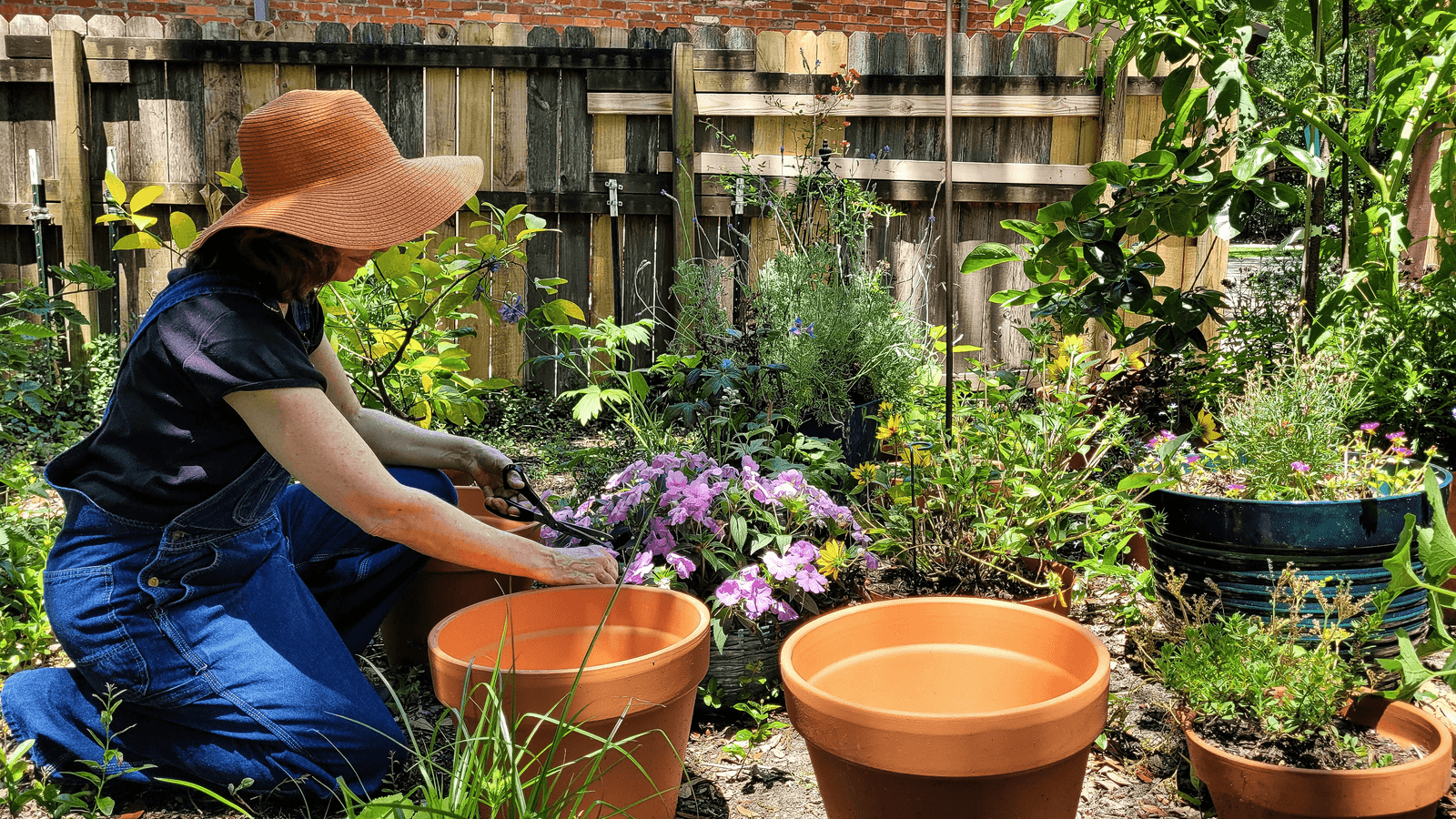Gardening Tips for Australian Climates: A Comprehensive Guide 🌿🌞

Gardening in Australia is a rewarding yet challenging endeavor due to the country’s diverse and often harsh climates. From the tropical north to the arid outback and temperate southern regions, Australian gardeners must adapt their practices to thrive in these unique conditions. This guide will provide gardening tips for Australian climates, focusing on native plants, drought-resistant gardens, and seasonal gardening advice. Whether you’re a seasoned gardener or a beginner, these tips will help you create a sustainable and beautiful garden that flourishes year-round. 🌱
Why Native Plants Are the Best Choice for Australian Gardens 🌸
Native plants are perfectly adapted to Australia’s climate, soil, and wildlife. They require less maintenance, are more resistant to local pests, and provide essential habitats for native birds, insects, and animals. Here’s why you should consider incorporating native plants into your garden:
- Low Maintenance: Native plants are naturally suited to Australian conditions, meaning they need less water, fertilizer, and care compared to exotic species.
- Water Efficiency: Many native plants are drought-tolerant, making them ideal for water-conscious gardening.
- Biodiversity Support: They attract native pollinators like bees, butterflies, and birds, promoting a healthy ecosystem.
- Aesthetic Appeal: From the vibrant blooms of kangaroo paw (Anigozanthos) to the delicate foliage of wattles (Acacia), native plants offer stunning visual diversity.
Top Native Plants for Australian Gardens:
- Kangaroo Paw (Anigozanthos): Known for its unique, claw-shaped flowers.
- Bottlebrush (Callistemon): A hardy shrub with bright red, brush-like flowers.
- Grevillea: Offers year-round blooms and attracts nectar-feeding birds.
- Lomandra: A tough, grass-like plant perfect for borders and mass planting.
Creating a Drought-Resistant Garden 💧🌵
With Australia’s frequent droughts and water restrictions, designing a drought-resistant garden is not only practical but also environmentally responsible. Here’s how to create a garden that thrives with minimal water:
1. Choose Drought-Tolerant Plants
- Opt for succulents like agave and aloe, which store water in their leaves.
- Use ground covers like Myoporum parvifolium to reduce evaporation.
- Incorporate Mediterranean herbs such as rosemary, thyme, and lavender, which thrive in dry conditions.
2. Improve Soil Quality
- Add organic matter like compost to improve soil structure and water retention.
- Use mulch (e.g., wood chips or straw) to reduce evaporation, suppress weeds, and regulate soil temperature.
3. Efficient Watering Techniques
- Install a drip irrigation system to deliver water directly to plant roots.
- Water early in the morning or late in the evening to minimize evaporation.
- Group plants with similar water needs together to avoid over- or under-watering.
4. Design for Water Conservation
- Create shaded areas using pergolas or trees to reduce water loss.
- Use permeable paving to allow rainwater to seep into the soil.
- Consider rainwater harvesting with a tank to collect and reuse rainwater.
Seasonal Gardening Advice for Australian Climates 🌦️
Australia’s seasons vary significantly across regions, so it’s essential to tailor your gardening activities to your local climate. Here’s a seasonal guide to help you stay on track:
Spring (September–November)
- Planting: Spring is the ideal time to plant vegetables like tomatoes, cucumbers, and zucchini. It’s also perfect for sowing flower seeds such as marigolds and sunflowers.
- Pruning: Trim back winter-flowering shrubs and deadhead spent blooms to encourage new growth.
- Pest Control: Watch out for aphids and caterpillars, which become active in warmer weather.
Summer (December–February)
- Watering: Water deeply but less frequently to encourage deep root growth. Focus on early morning or late evening watering.
- Mulching: Refresh mulch layers to retain soil moisture and protect plants from heat stress.
- Harvesting: Enjoy the fruits of your labor by harvesting summer crops like berries, stone fruits, and herbs.
Autumn (March–May)
- Planting: Cooler temperatures make autumn ideal for planting perennials, bulbs (e.g., daffodils and tulips), and leafy greens like spinach and kale.
- Soil Preparation: Add compost and organic matter to replenish soil nutrients after summer.
- Lawn Care: Aerate and fertilize your lawn to prepare it for winter.
Winter (June–August)
- Protection: Protect frost-sensitive plants with covers or move them indoors.
- Pruning: Prune deciduous trees and shrubs while they’re dormant.
- Planning: Use the quieter winter months to plan your spring garden and order seeds.
Additional Tips for Successful Gardening in Australia 🌟
- Understand Your Climate Zone: Australia has multiple climate zones, from tropical to temperate. Research your zone to choose plants and practices that suit your area.
- Companion Planting: Grow compatible plants together to deter pests and improve growth. For example, plant basil near tomatoes to repel insects.
- Wildlife-Friendly Gardening: Include bird baths, bee hotels, and native flowering plants to support local wildlife.
- Sustainable Practices: Use organic fertilizers, avoid chemical pesticides, and recycle garden waste through composting.
Conclusion: Cultivate a Thriving Australian Garden 🌿
Gardening in Australia’s diverse climates can be both challenging and incredibly rewarding. By focusing on native plants, creating a drought-resistant garden, and following seasonal gardening advice, you can cultivate a sustainable and vibrant outdoor space. Remember, the key to successful gardening lies in understanding your local environment and working with nature, not against it. Happy gardening! 🌻🌏
By incorporating these tips and strategies, you’ll not only create a beautiful garden but also contribute to a healthier, more sustainable environment. 🌱🌞
Discover more from SuqMall
Subscribe to get the latest posts sent to your email.
